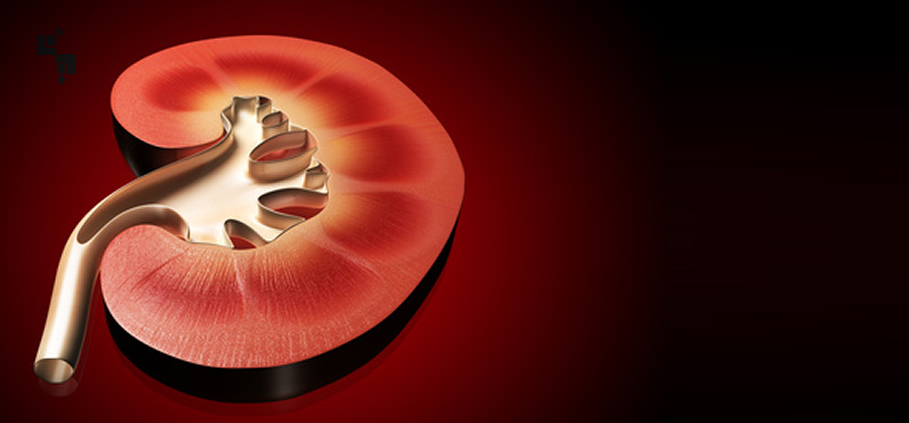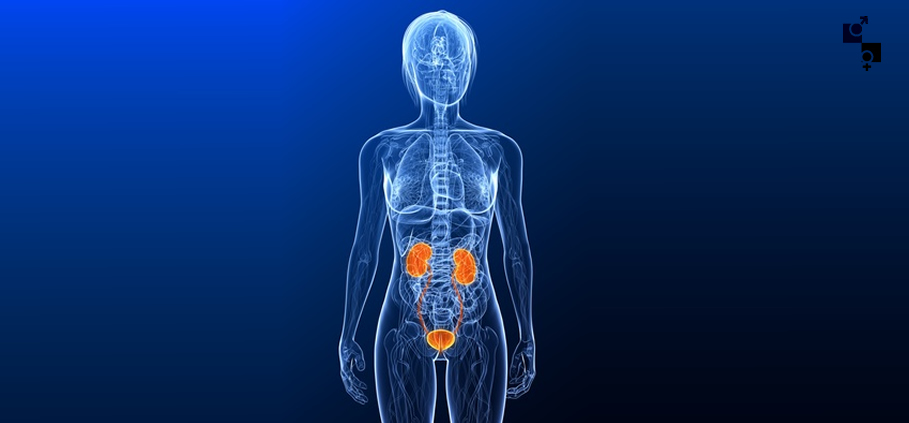Kidney Diseases
- •Kidney Cancer
- •Renal Injuries
- -Renal rupture
- -Subcaptular parenchymal laceration
- -Extensive parenchymal laceration
- -Vascular Pedicle Injury
- •Congenital Renal Anomalies (Anatomy abnormalities)
- -Number anomalies
- >Unilateral agenesy
- >Bilateral agenesy
- >Supernumerary kidney
- -Size and structure anomalies
- >Polycystic Kidney
- >Multicystic Kidney
- >Hypoplastic Kidney
- >Medullary Sponge Kidney
- >Other Cystic Diseases
- -Location anomalies
- >Malrotation
- >Renal ectopia
- >Thoracic Kidney
- -Shape anomalies (renal fusions)
- >Horseshoe kidney
- >Crossed renal ectopy
- -Renal blood vessels anomalies
- >Ectopic, auxiliary or multiple vessels
- >Renal artery aneurysms
- >Arteriovenous communications
- •Renal Infections
- -Acute pyelonephritis
- -Chronic pyelonephritis
- -Pyonephrosis
- -Renal tuberculosis
- -Renal abscesses and carbuncle
- -Perirenal abscess
- -Renal ecchinococcal cyst
- •Nephrolithiasis (Kidney Stone)
- •Renal failure
Kidney Cancer
Kidney cancer is relatively rare and holds 3% of the malignant neoplasms of adult population. It is more frequently observed in men than in women, whereas nephroblastoma (Wilms’ tumor) is the commonest renal tumor in children. It forms in the cells of the lining of the very small tubes of the kidney, like adenomas. Although the causes of kidney cancer are not fully known, some environmental factors have been identified to be associated with the onset of carcinogenesis:
- -Smoking
- -Pharmaceutical substances
- -Cadmium
- -Certain viral infections
- -Radiotherapy
Bad nutrition, drinking too much coffee, use of diuretic medications, obesity and exogenous estrogens use are considered risk factors for kidney cancer predisposition.
In its early stages, the disease is asymptomatic and by the time diagnosis is made, the condition is already in an advanced stage. The commonest symptoms that may be observed are pain, blood in the urine, as well as symptoms of a metastatic condition.
Surgical treatment is the main therapeutic method for kidney cancer, unless there are counter-indications referring to the stage of the disease and the general condition of the patient.
Renal Injuries
Although well-protected by the ribs, the fascia and the colon, the kidneys are frequently injured. Most of the times, kidney injuries are accompanied by traumas in other organs too. For this reason it is possible that their symptomatology be overlapped by the symptoms of the other traumas. In cases of renal ruptures, the symptoms are localized pain, renal colic, blood in the urine. Further to open and closed, renal injuries are divided in the following categories, according to their severity:
- -Renal rupture
- -Subcaptular parenchymal laceration
- -Extensive parenchymal laceration
- -Vascular Pedicle Injury
Treatment is conservative or surgical according to the size and severity of the injury.
Congenital Renal Anomalies (Anatomy Abnormalities)
The congenital renal anomalies are more frequent than the anomalies of all the other organs of the urinary system and are mainly due to its complex embryogenesis. The congenital renal anomalies are divided into:
- -Number anomalies
- >Unilateral agenesy
- >Bilateral agenesy
- >Supernumerary kidney
- -Size and structure anomalies
- >Polycystic Kidney
- >Multicystic Kidney
- >Hypoplastic Kidney
- >Medullary Sponge Kidney
- >Other Cystic Diseases
- -Location anomalies
- >Malrotation
- >Renal ectopia
- >Thoracic Kidney
- -Shape anomalies (renal fusions)
- >Horseshoe kidney
- >Crossed renal ectopy
- -Renal blood vessels anomalies
- >Ectopic, auxiliary or multiple vessels
- >Renal artery aneurysms
- >Arteriovenous communications
For more information on the above conditions you should consult your Medical Care Provider.
Renal Infections video
- -Acute pyelonephritis
It is the appearance of a bacterial agent in the kidney. Symptoms may be from very intense to non-existent. The patient may have fever, shaking chills, urination disorders, pain and burning sensation upon urination, nausea and vomiting. video
- -Chronic pyelonephritis
When acute pyelonephritis becomes chronic. It is possibly caused by the improper therapeutic treatment of acute pyelonephritis and the persistence of the agent which caused the acute infection. This type of pyelonephritis is the most severe, as it results in renal failure and renal hypertension. Treatment focuses in the effort to inhibit the “course of the disease”. video
- -Pyonephrosis
It is the collection of bacteria in the kidney and the creation of a cavity full of pus. The symptoms are very intense, and include fever, shaking chills and acute pain in the infected area. Treatment is always the surgical excision of the damaged kidney. video
- -Renal tuberculosis
This condition is secondary. Primary infection may have occurred many years earlier. Some patients may present high blood pressure. Treatment of this condition is surgical.
- -Renal abscesses and carbuncle
Both conditions are infections of the renal parenchyma and the commonest bacterial cause is staphylococcus. The symptoms may be high fever and kidney distension. Treatment may be administration of medication or syrgical operation, based on the severity of the condition and the damage of the kidney. video
- -Perirenal abscess
Infection located in the perirenal fat. Its symptoms are fever, shaking chills, tenderness, leucocytosis and sometimes renal failure. Treatment is usually surgical.
- -Renal ecchinococcal cyst
It is a parasitic disease rarely observed in the kidney. The man is infected with the consumption certain foods (e.g. vegetables) which contain the warm ova. The symptoms are mild pains in the pelvic/lumbar area and random distention in the renal area. Treatment is always surgical.
Nephrolithiasis (Kidney Stone)
As nephrolithiasis is defined the presence of stones in the upper urinary tract. The stones are formed by the crystals that normally exist in the urine. This condition is more common in men than in women. In the very hot climates, and due to great amount of perspiration, urine is denser, which results in the increased formation of stones. This, however, is in contrast to the fact that black people very seldom suffer from nephrolithiasis, although they live in warm climates. The irregular lifestyle and the reduction of physical activity, heredity (for example, formation of cystine stones is definitely a hereditary genetic anomaly), as well as a great number of accompanying diseases may be the cause of stone formation. Nutrition (consumption of animal leucoma and fat), vitamine A deficit and increased production of vitamine D, as well as the insufficient fluid intake are among the main factors for the manifestation of the condition. In several cases, there are sever implications to the kidney function. The main symptom of nephrolithiasis is intense and intolerable pain in the renal area (renal colic) nausea and (urge to) vomit. Treatment is conservative or surgical and depends on the formation, size, weight and composition of each stone and the damaged caused to the kidney. video



